I want to introduce you to our semi-permanent weaving tree.
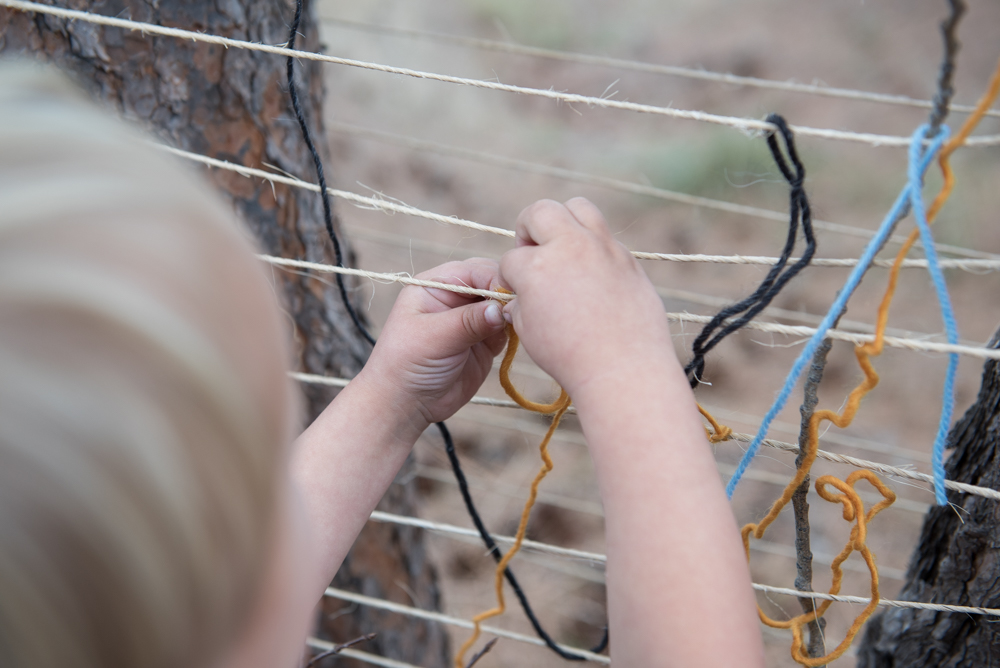
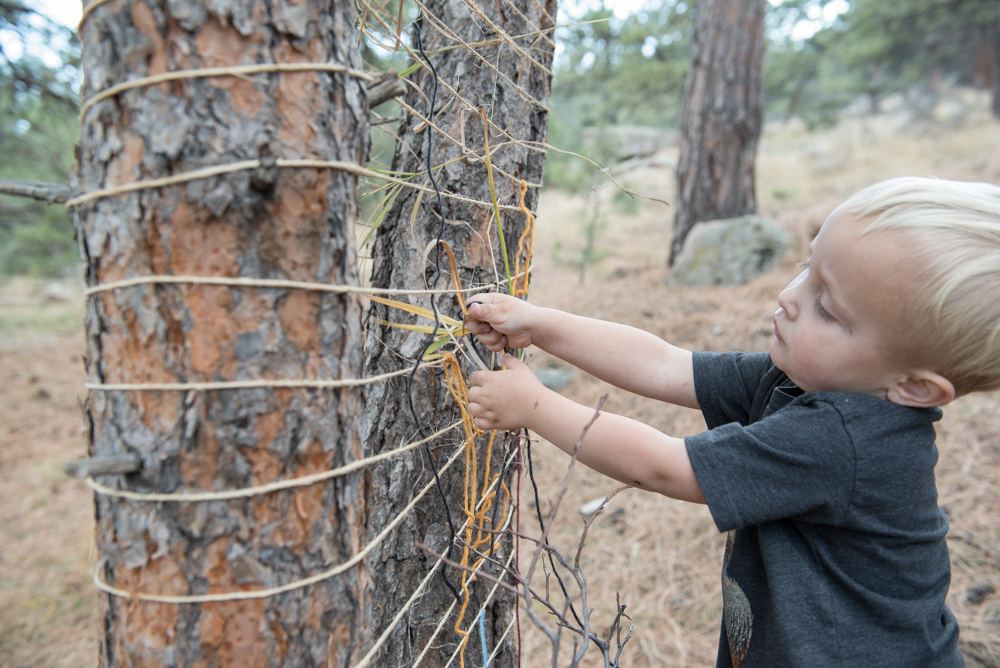
We have a fairly large “backyard”. It doesn’t have grass, and it’s fairly steep in parts. But while it lacks a traditional yard, it comes with a whole lot of adventure.

I want to introduce you to our semi-permanent weaving tree.


We have a fairly large “backyard”. It doesn’t have grass, and it’s fairly steep in parts. But while it lacks a traditional yard, it comes with a whole lot of adventure.
beach time = reading time. #amiright
When we start planning for our time at the beach, my mind immediately turns to the books I’ll read. Hours sitting on the beach provide the uninterrupted reading time that we just don’t seem to find elsewhere in life. Wait, if you’re a parent reading this, that statement is laughable. Who sits still on the beach with two kids? And to that, I say, touché. That’s when you teach your kids about the joys of the beach nap.
But in all seriousness, as the boys have grown, I’ve started to think more intentionally about their beach reads. These boys love a good adventure, and when we’re traveling I find that they fully immerse themselves in the new environment. They aren’t sitting around thinking about Colorado and the mountains; instead, they’re exploring! And what better way could there be to teach them about the place they’re visiting, and the animals and people that live there, than to read books?
I’ve made an effort over the years to stock the beach house with good ocean and bay-related books for the kids. It’s nice to have these books there rather than at home because the stories really come alive when they’re reading about animals that they just saw on the beach and in the marsh. And I know that they can relate to crabbing and fishing adventures when they’ve just spent the afternoon on Poppop’s boat putting bait in the crab pots and casting out their finishing lines.
Below is a list of our current favorites (for reference, the boys are 2 and 4). Admittedly, I’m particularly smitten with books written and illustrated by local artists, so you’ll see quite a few on the list. They add an intimate feel in their descriptions of the place that could never be achieved in a generic book about ocean/beach life.
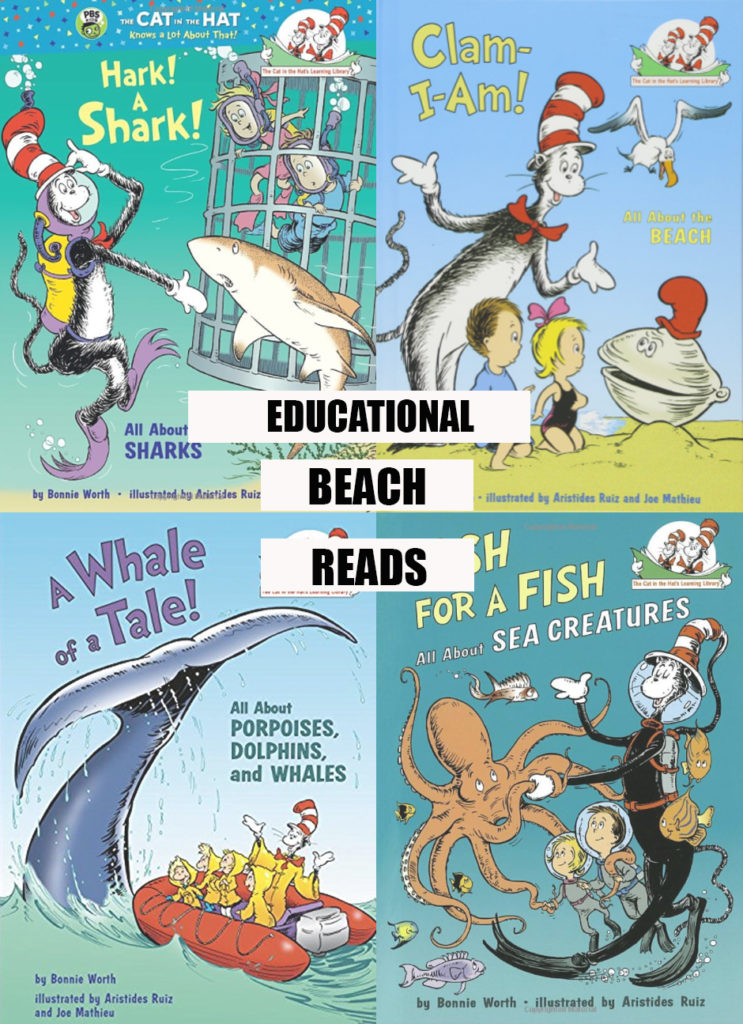
I know opinions can vary when it comes to Dr. Seuss. The wording can be awkward and leave you tongue-tied, which is not the best for reading aloud. But it rhymes, and I’m a sucker for a good rhyming text, especially one that’s educational. Each book flows really well after one or two readings.
The images in this post were taken by Katie and the words written by Sarah.
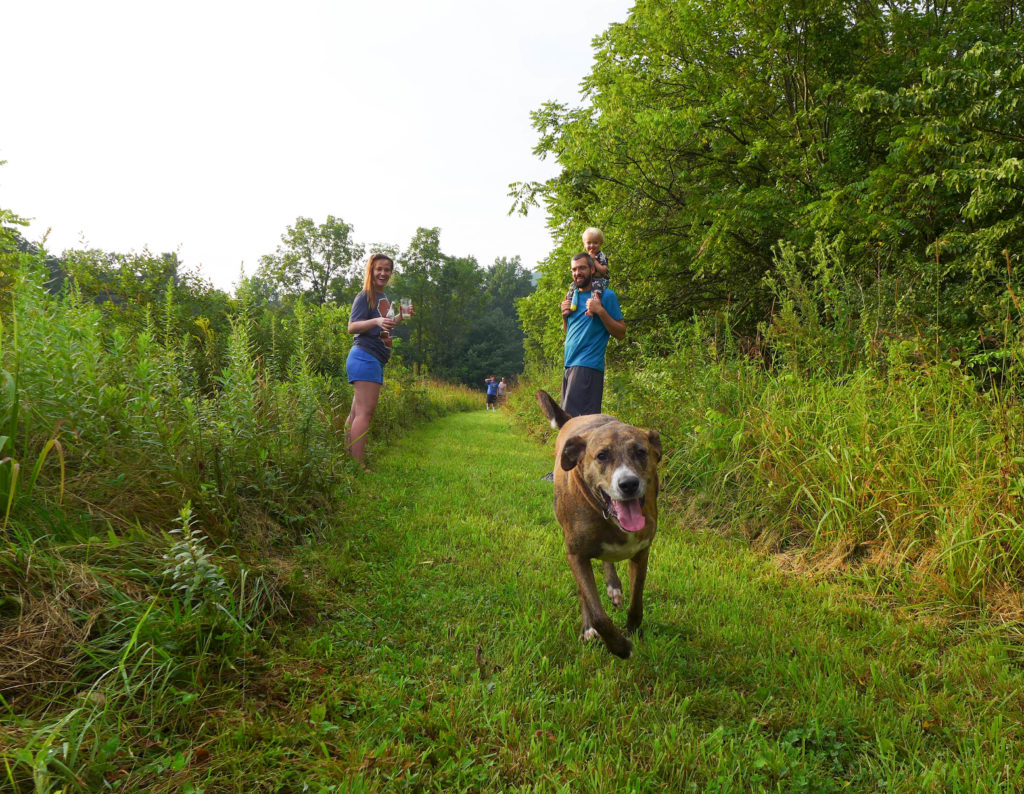
About five years ago, I babysat for a family of five in central Pennsylvania. They were residents of NYC, but every year during July and August they would drive to PA to visit the grandparents’ farm. I spent the long summer days helping the kids pick tomatoes, harvest peas, and feed the animals. When it rained we pulled out piles of craft supplies and got to work. When we were restless we climbed ropes and trees and explored the fields seeking out wild flowers. Without fail, at the end of each evening, the kids needed a bath and good night’s sleep.
It wasn’t until I saw these simple summer farm scenes laid out before me that I realized I had it pretty good growing up. A whole host of opportunities granted simply because of geography. Summer days exploring the garden and forests in bare feet. Nurturing not only chickens but a hearty compost pile. Chasing dogs, neighbors, and fireflies before gathering around a campfire only to look up and gaze at the Milky Way. Now as adults, blazing and hiking trails, foraging for mushrooms and taking home poison ivy too. Gathering in the green fields to celebrate the land with the little ones who will visit year after year, taking home memories and lessons from a summer on the farm.
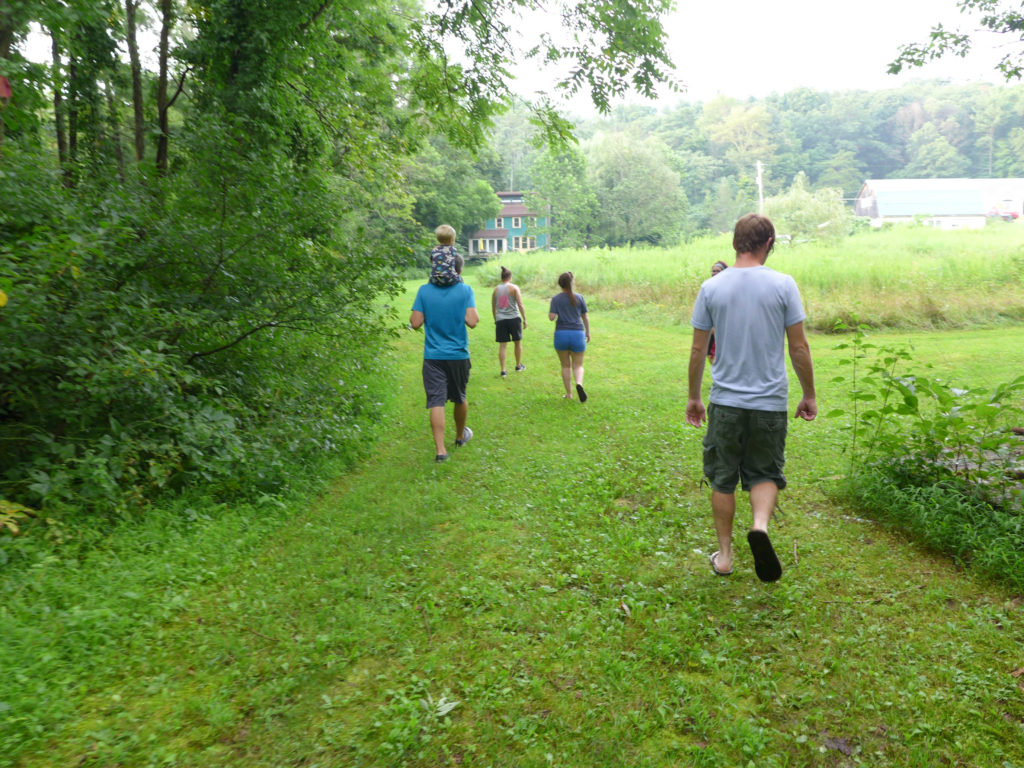
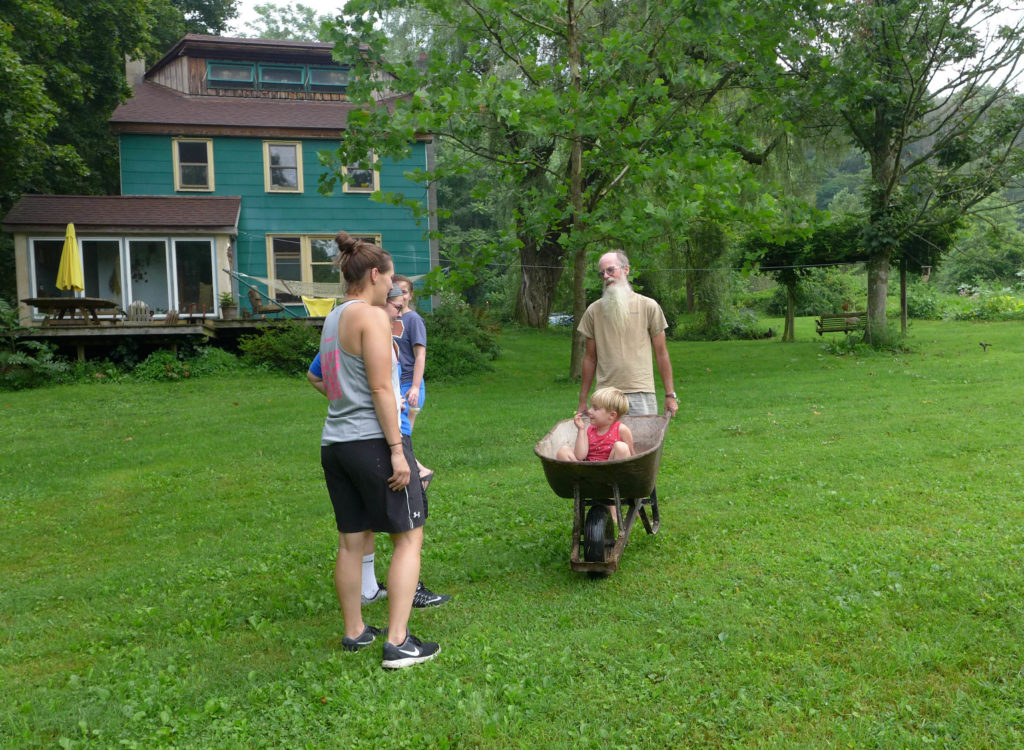
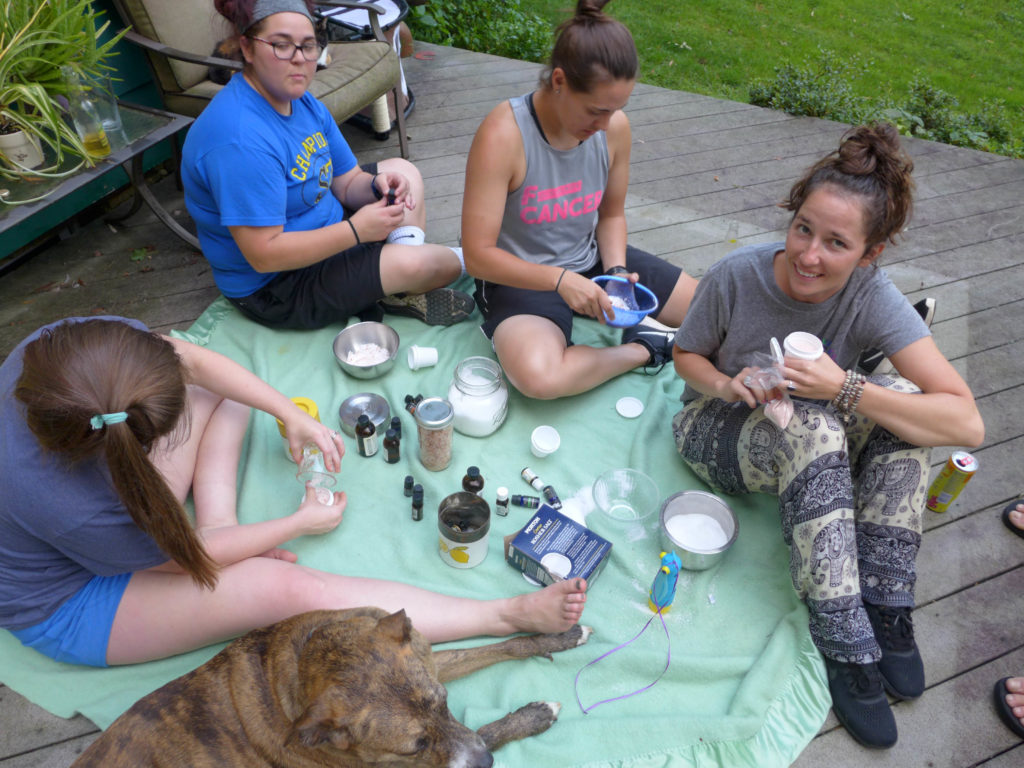
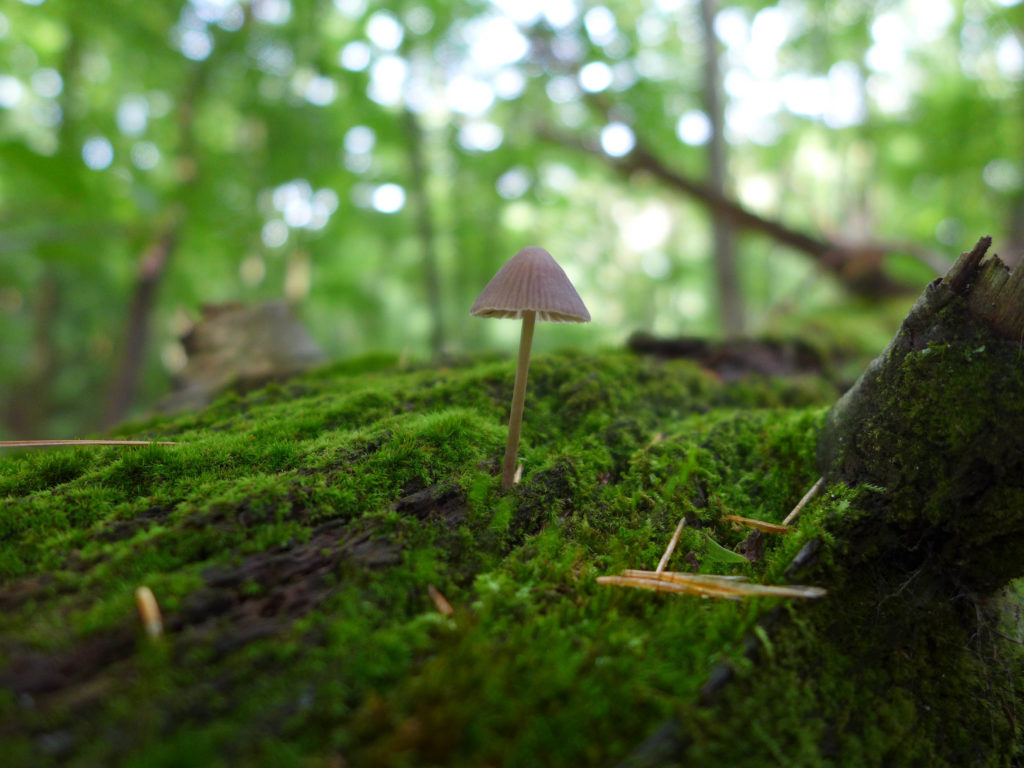
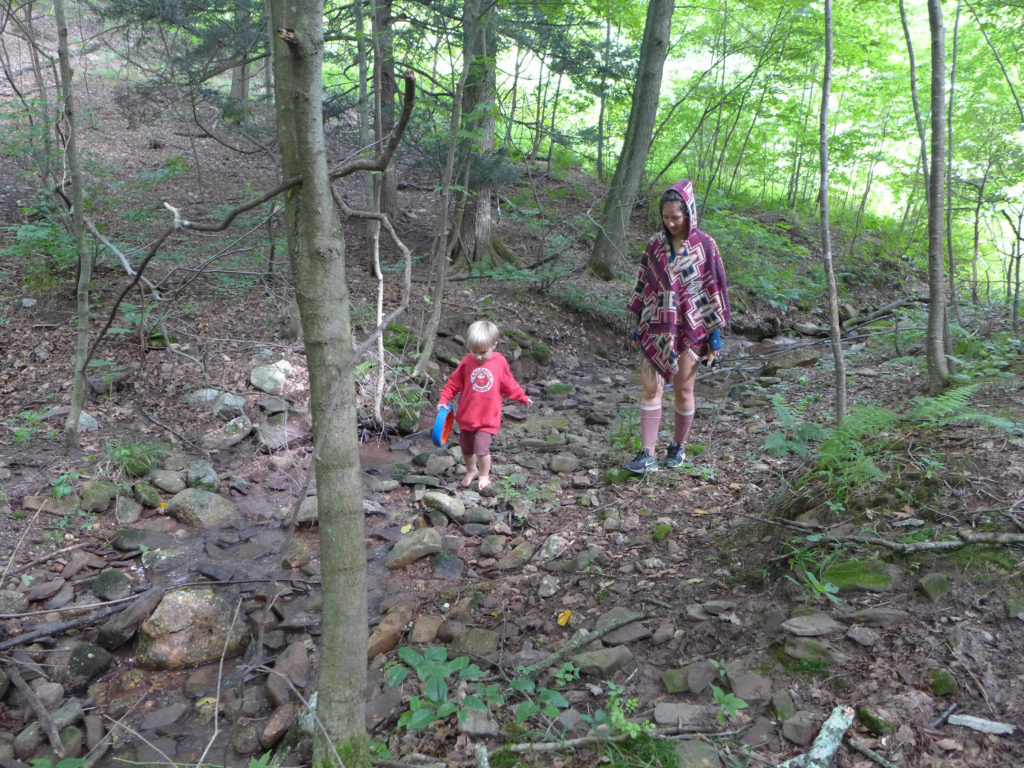
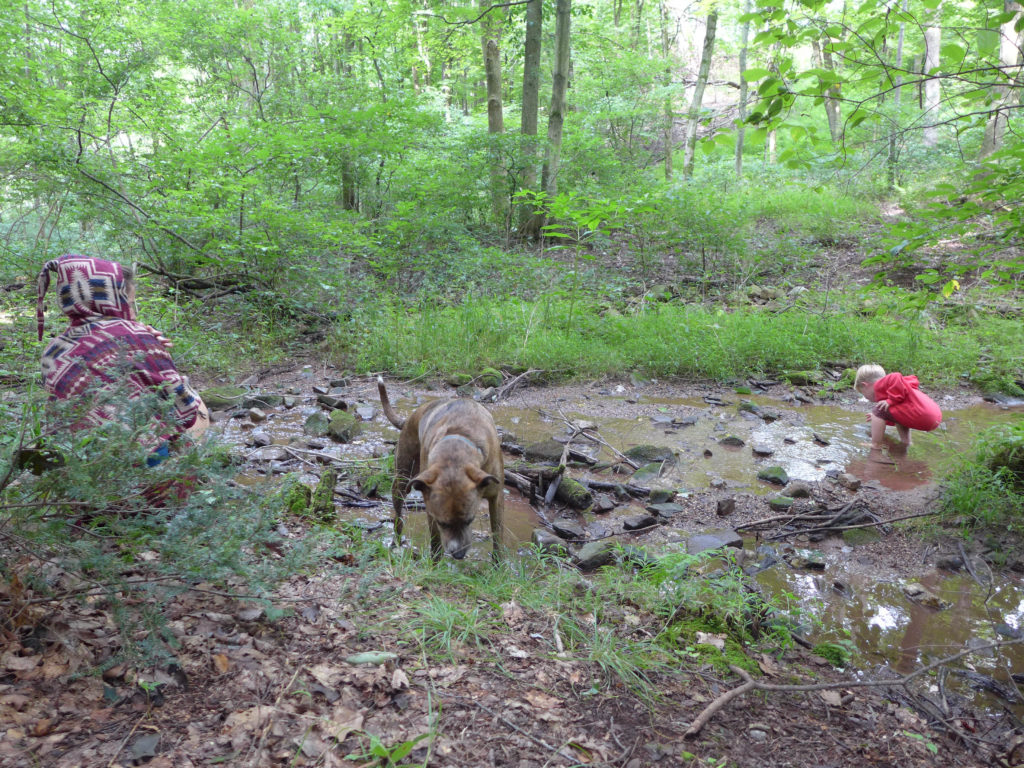
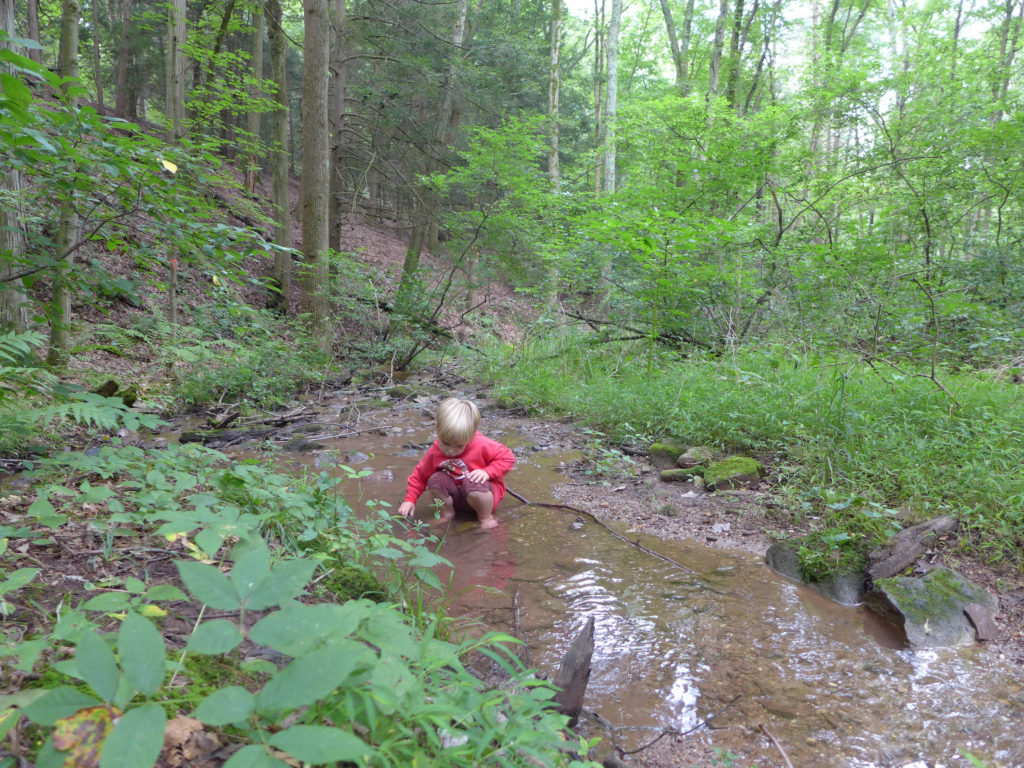
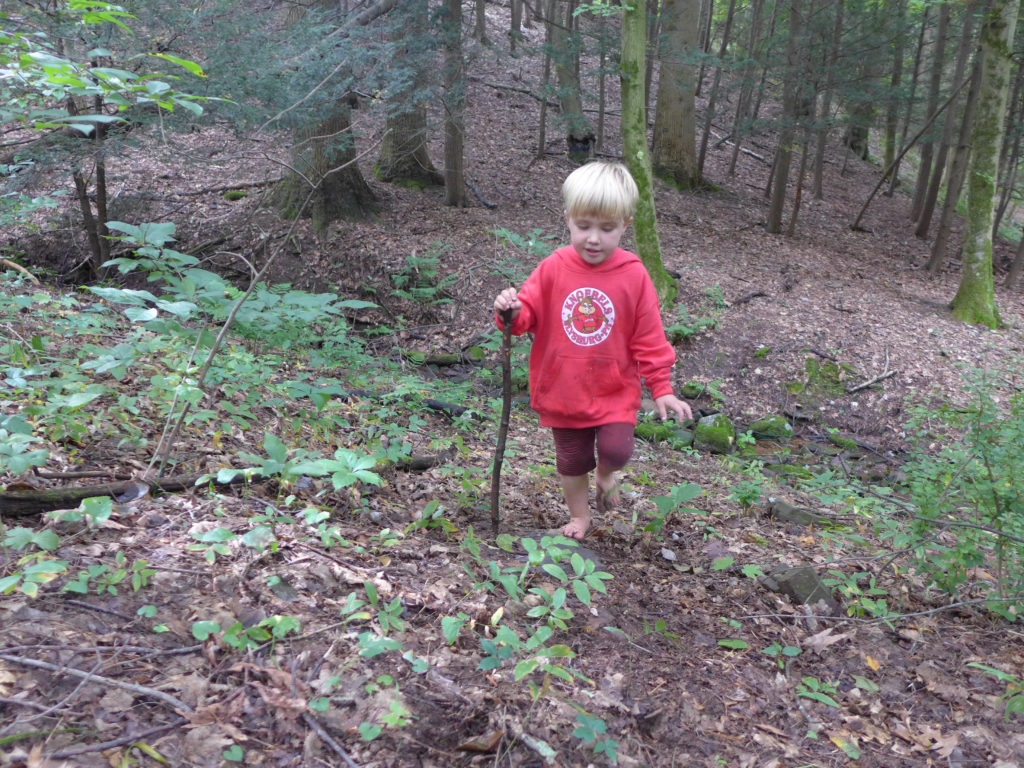
We just bought the tickets for our big annual trip to the East Coast. We’re so lucky to be able to take this big chunk of time and spend it visiting family both in PA and VA. In addition to that quality time, what I really love is being able to expose the boys to activities and ideas that they may not have at home in Colorado. Isn’t that what traveling’s all about?
Many of our days are spent at the beach, but that’s just a snippet of how the boys spend their time on the island.
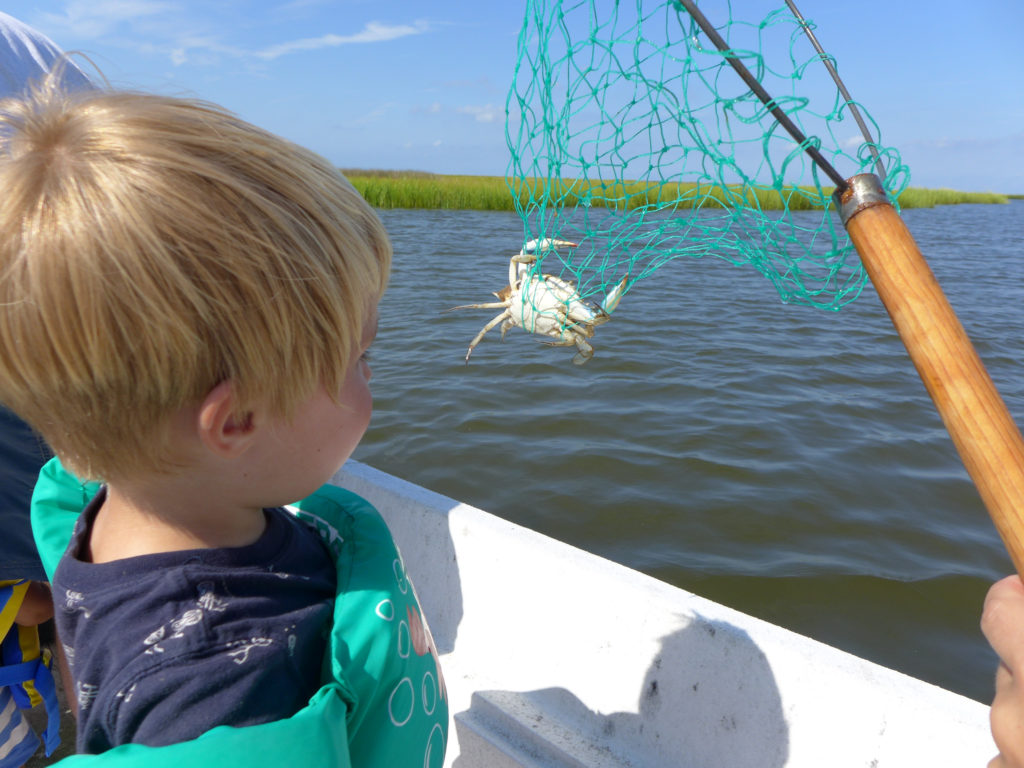
Whenever Poppop’s in town, they spend many quality hours on the boat. There are one to two trips a day to check the crab pots in the bay. Sometimes they stay out longer doing a bit of fishing or line-crabbing, but our primary prey is the blue crab. Their scientific name is Callinectes sapidus, and it has the most perfect meaning : calli = beautiful, nectes = swimmer, and sapidus = savory!
I guess it was about a year ago, when Alex was just turning three, that we started to pay more attention to letters. It began with singing the alphabet and spelling his name, and then we started to help him identify the letters all around him : pointing out letters that we saw on daily adventures, spelling words on packages and in store windows, and it’s snowballed from there.
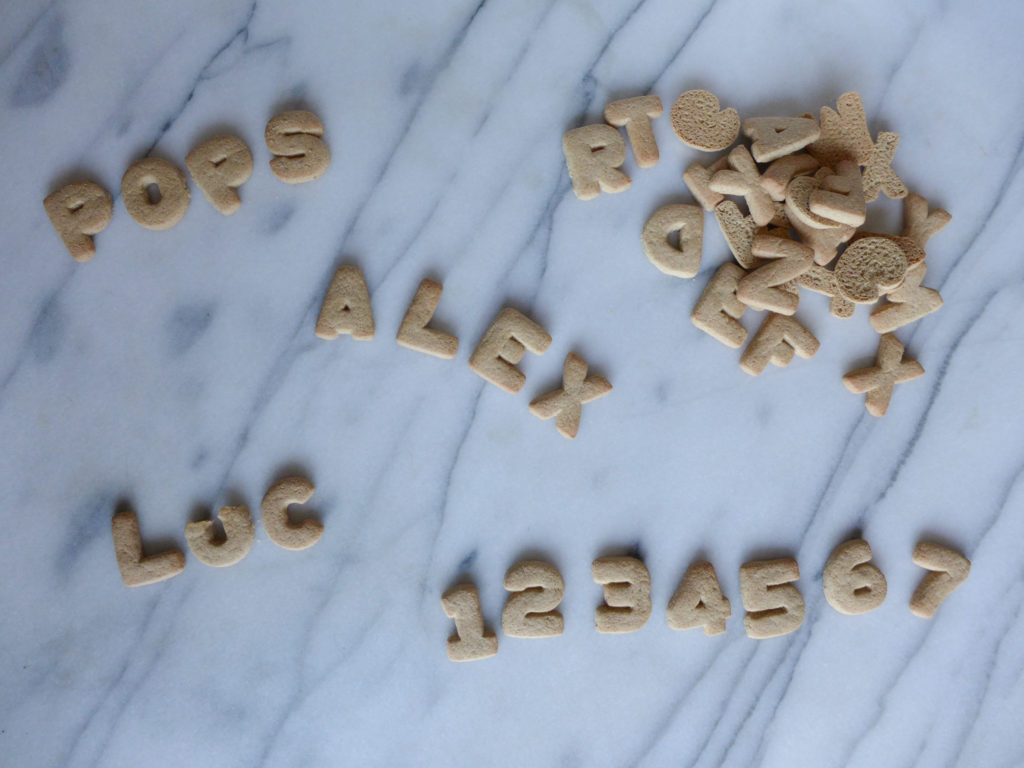
Early on, we realized that we could minimize a lot of letter confusion if we just stuck to one case, and for now our focus is on uppercase letters. They’re everywhere! 😉
And in this post I wanted to share a few of the fun ways that we’ve increased the letter play in our house. Continue reading
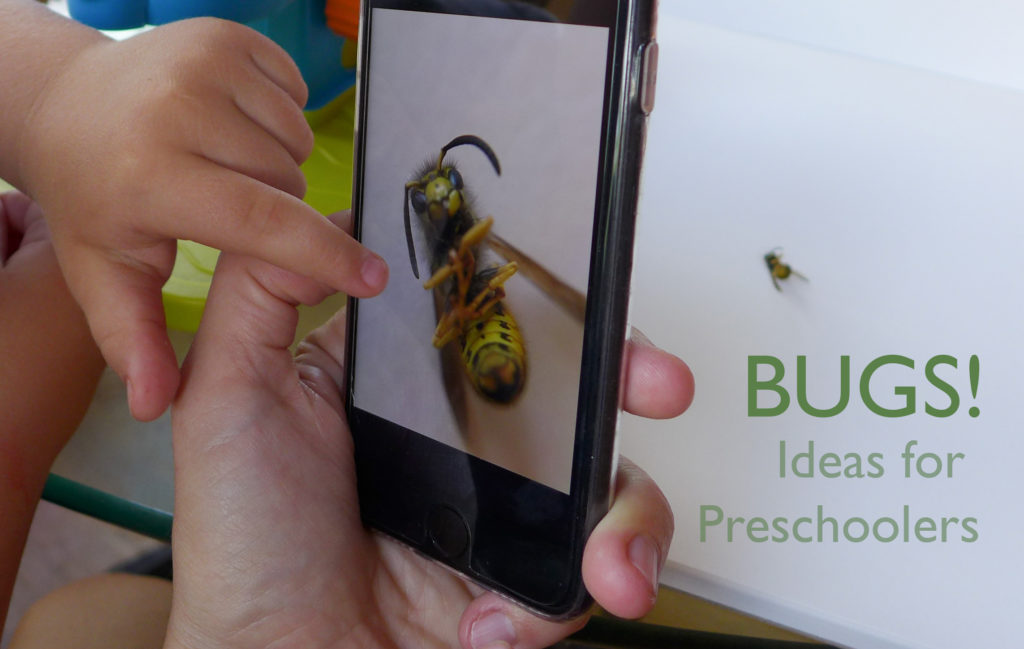
Mamas and Papas, I’ve decided that fall through spring is the perfect time to investigate bugs!
You’re confused, I know, but hear me out : I spend those seasons vacuuming up all sorts of insects in our house. There are stink bugs, green lacewings, some wasps, flies, and sometimes lady bugs. So, rather than toss the dead bugs in the trash, they are the perfect specimens for learning.

Have your kiddos collect a bunch of bugs, and then start asking them probing questions that get them observing.
I try not to hammer them with questions. Instead, I like to sit back and let them explore, but the questions can help to get them thinking and/or they’re just handy to have in mind if you’re having a conversation about the insects and want to keep it going.
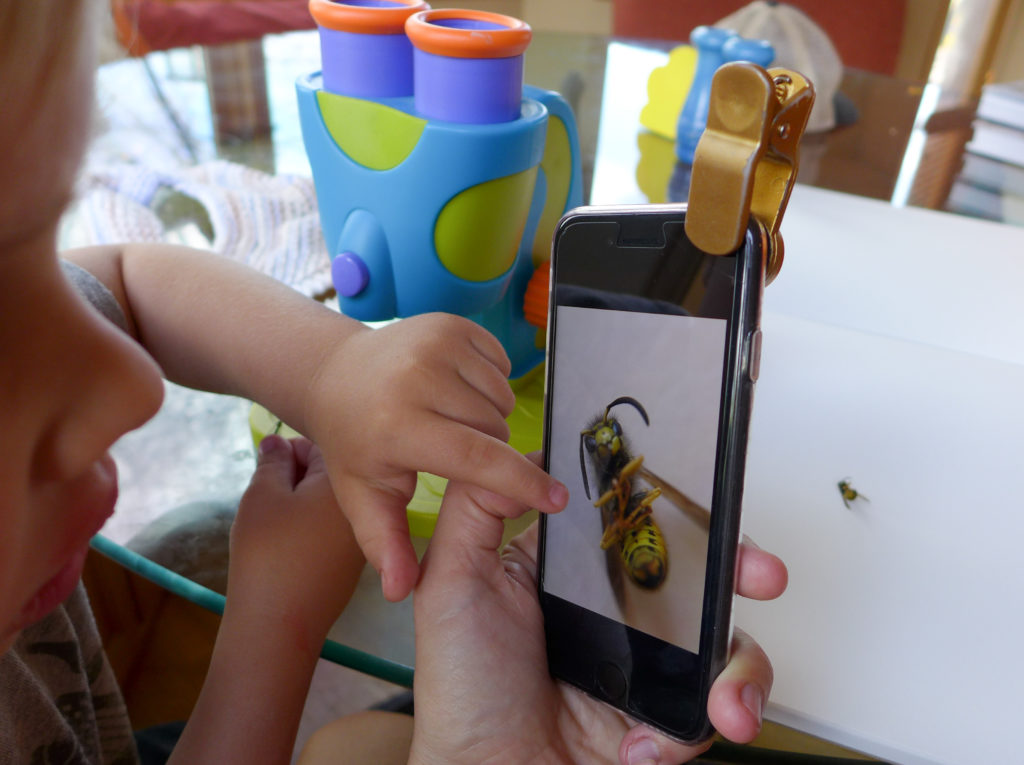
Introduce your kids to scientific tools. We have a few magnifying glasses and the kids’ microscope that you see in the photo above. We also happened upon a super easy trick – use a macro lens on your phone to shoot a zoom-in photo of the insects. If your kids are like mine, they will be amazed at the detail! While they love using their tools, I’ve found that the tools don’t come with the strongest lenses and it can be hard for shaky/excited hands to keep everything in focus. Using the macro photograph is one of the easiest ways to expand your kids’ awe and curiosity about bugs – they can’t believe all of the details that are on the bug sitting there on the table (the fuzzy hairs, the patterns that just looked like stripes now are something else, etc.).
For better or worse, seeing the bugs magnified to this level makes it easier to anthropomorphize the insects, which can lead to some awesome learning conversations. My guys like to talk about the bugs families, what the different members of the family do, where they get their food, etc. And then this can lead to more detailed discussions about the social structure of some bugs, their lifecycle, the predator/prey relationships, and on and on.
When it comes to bug-related tools, we have a bug box that’s handy when we’re catching and analyzing live insects.

We also like to pull out the insect field guides to look up the insects we’ve found. The first time I pulled out this book, Alex went bonkers! He couldn’t believe all of the different insects that were in the book. So, I gave him plenty of time to just browse the book. Then we narrowed in on the insects we had, once we were on the right page, I had him find the specific insect, and then we read about them.
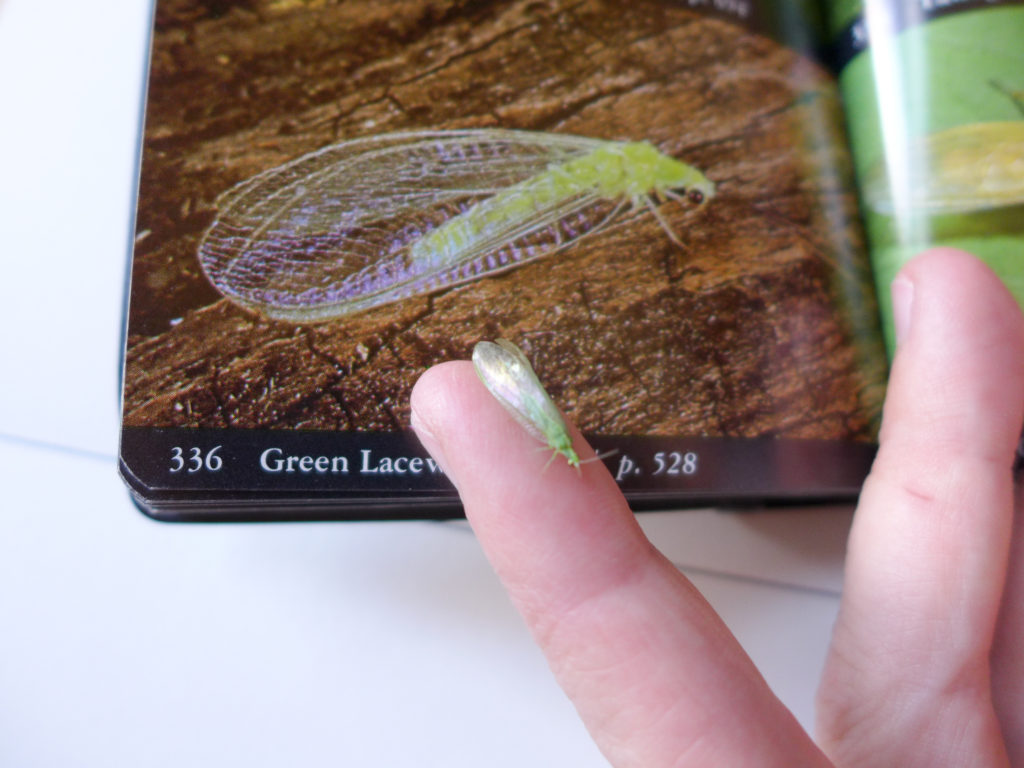
My goal is for us to do activities like this over and over again whenever the interest arises, with the intent to increase the boys’ depth of knowledge each time. Some examples include teaching them the correct names of insect parts, the lifecycle of the insect, their role in the ecosystem. And here are a few other simple ideas for extending this activity:
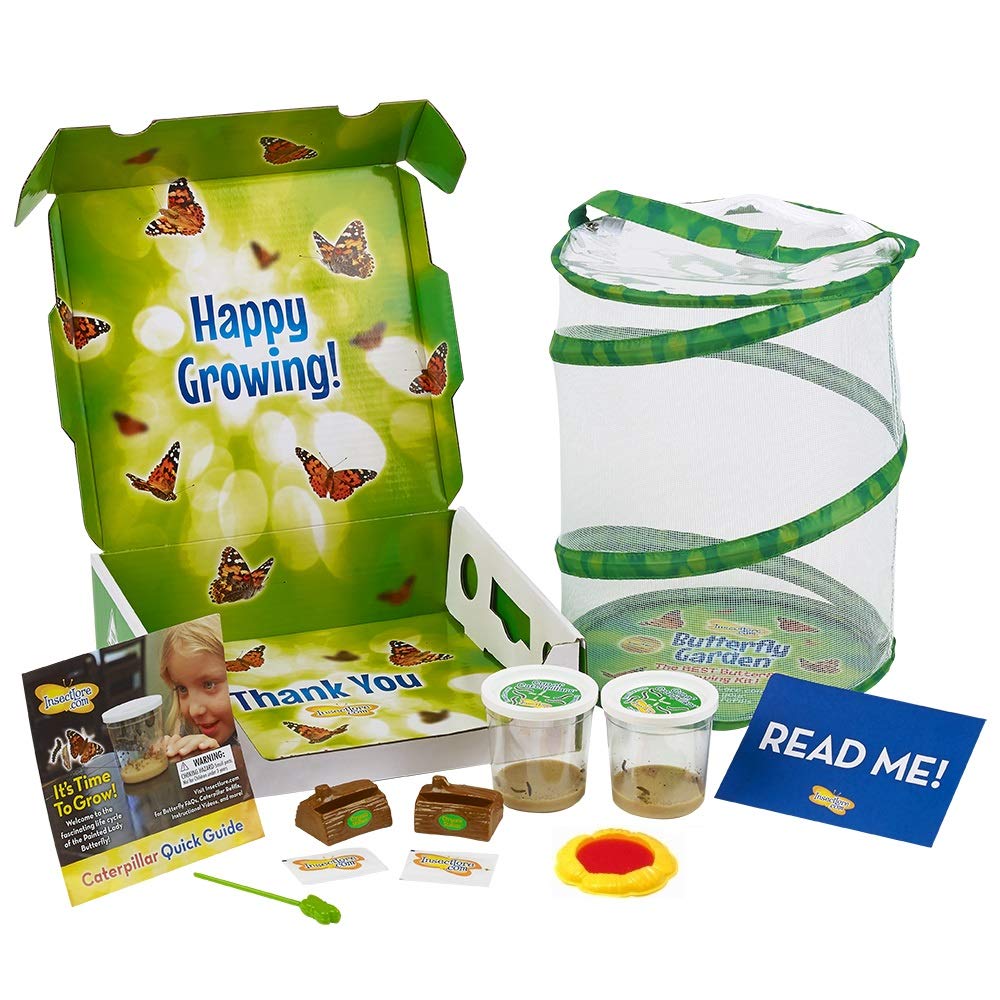
… want to make their bug observations really come alive? You could order butterfly or ladybug larvae, raise them to adults, and release them in your backyard!
If you’re a bug lover, a parent, or just someone with an idea, I’d love to hear from you! Do you have any other ideas for introducing kids to insects? Do you have any favorite insect facts?
Now that Alex is nearing 4 years old and Luc is nearing 2, I’m starting to be more intentional with how we spend some of our time together. While they spend their days playing, I want to highlight more “teachable moments” that challenge the boys to learn new skills, whether it’s physical, practical, and/or academic. And since we blog about what we love and what’s important to us, I’m hoping to share some of these pre-school teaching adventures on the blog.
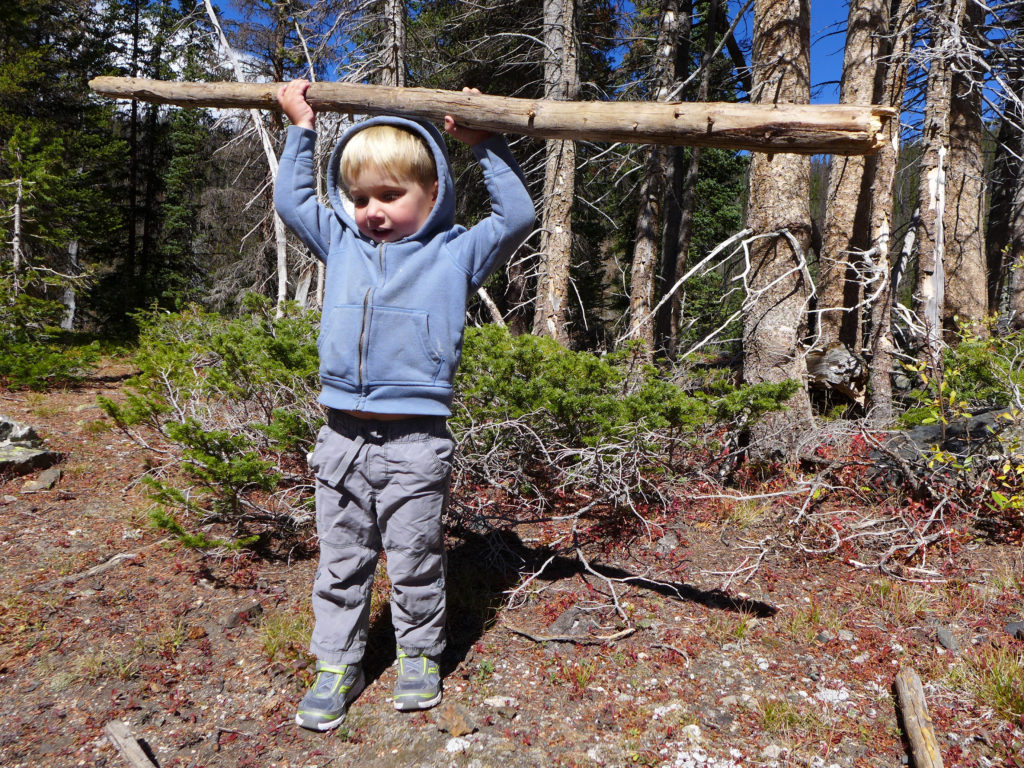
We’ve already started some of this work and sharing through the Cooking with Kids series, but I’d like to expand the posts to share some of the work we’re doing outside of the kitchen.
If you’ve been reading our blog for a while, it’s no surprise that Sarah and I enjoy challenging ourselves to learn new things, and (of course), we love to share what we’ve learned with others. Much of what we do here on the blog is from the perspective of an amateur in that we’ve had no formal schooling in cooking, crafting, or potion-making, yet other things we do from the perspective of professionals (Sarah as a photographer and yogi, myself as a scientist, naturalist, and quasi-economist). Beyond spending years as a student, I’ve also worked as an educator in one capacity or another (volunteering to work with high school kids in urban gardens, being a teaching assistant in grad school, and teaching college courses). All that’s to say that we have many passions, some we’ve pursued through formal education and others we’ve pursued as hobbies.

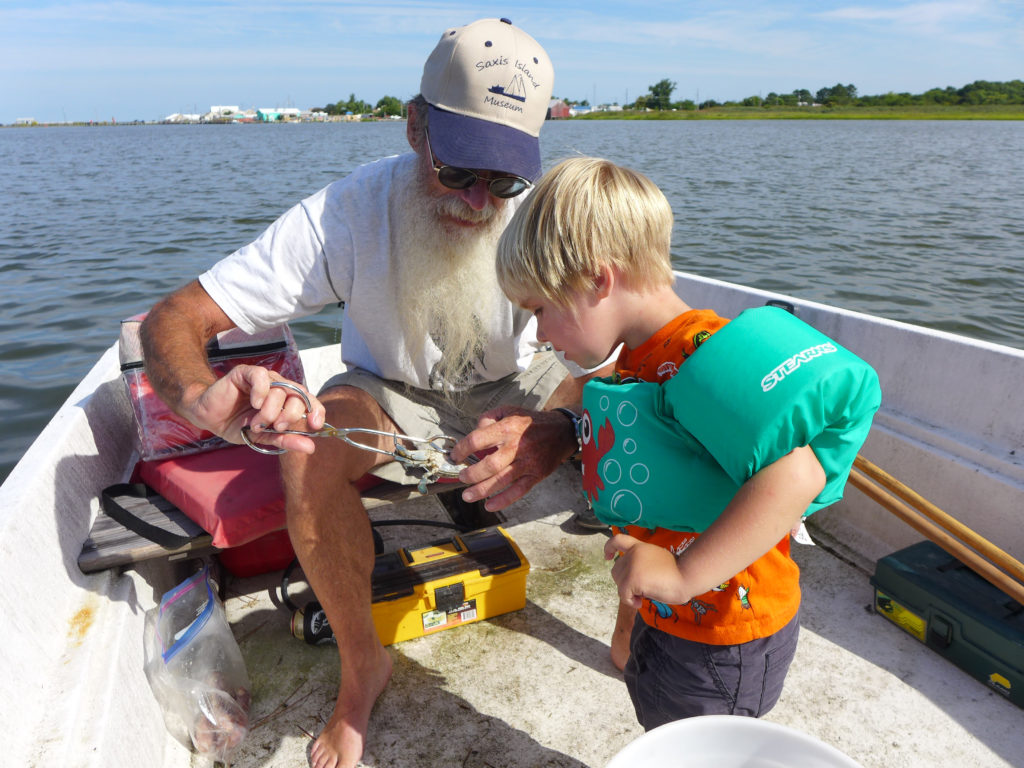
As you may expect, we’re keen to pass our love of learning on to the boys. The most important skills that I hope to nurture in them are to be observant of the world around them, ask questions about how the world works, and come up with ideas that try to answer those questions. I’m hoping to raise curious problem solvers. Of course, I’m also hoping to raise kiddos with a social conscious, but aren’t we all? I hope?
While they’re still young, I’m not concerned about enrolling the kiddos in a rigorous academic environment, rather, I think it’s fairly easy to engage them in teachable moments no matter what we’re doing from one day to the next. For example, Alex is starting to identify letters of the alphabet and spell simple words. He doesn’t need worksheets to help with this, instead, we’re always finding moments to have him find letters (road signs, cereal boxes, books, etc.). And Luc’s learning is much more basic – he’s learning to form sentences, ask questions, and (of course) he tries to copy anything his big brother does from counting to jumping off the furniture. So we spend a lot of time talking to/with Luc (not at him) to help his language develop. I ask him questions, give him time to answer. Before he was even speaking in sentences, I would really listen when he was making noises at me, because often he had something he was trying to communicate.
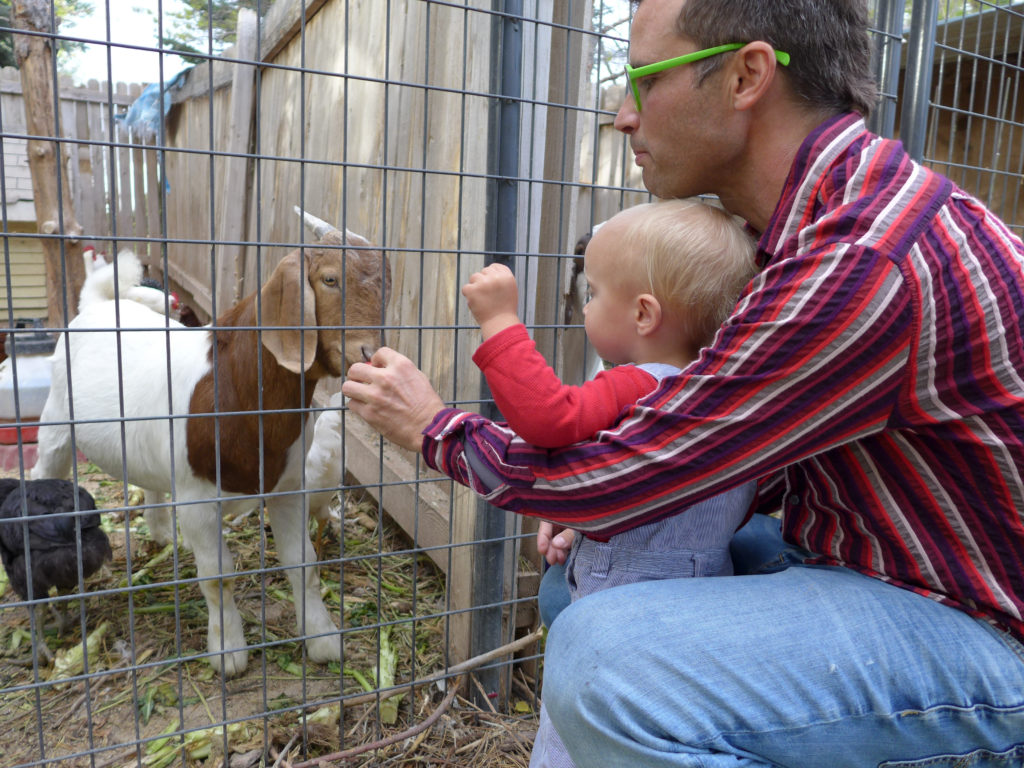
Whatever the subject manner, there’s often a way to relate to it in our day-to-day lives. For example, Calder and I were total dorks when we bought the NPS pass and talked about the utility we get just from knowing that we could go to any park at any time… and when I’m hiking in the mountains, a rock slide makes me want to talk about entropy – the idea that things gradually go from an ordered to disordered state. The bottom line is that there are so many moments in the day where we could stop, observe, and start an academic conversation about a whole slew of topics.
But those are big ideas. At the boys’ age, I like to follow their curiosity. Some days we’re using blocks to see who can build the highest tower, and why does one stay up while another falls? Other days we’re sitting outside for hours looking for bugs, watching where they go and what they do. And other days, we’re mixing food coloring into homemade gak to see what happens when we mix red with blue (purple!), but what if we add yellow and green too (brown!)?
Right now, given the boys’ ages, our conversations and teachable moments are really pretty mellow, but they’re there, and more are happening every day – especially with Alex.
I’ve started to look for some resources that I can refer to as I think about fostering a creative, problem-solving, independent environment in (and outside!) our house.
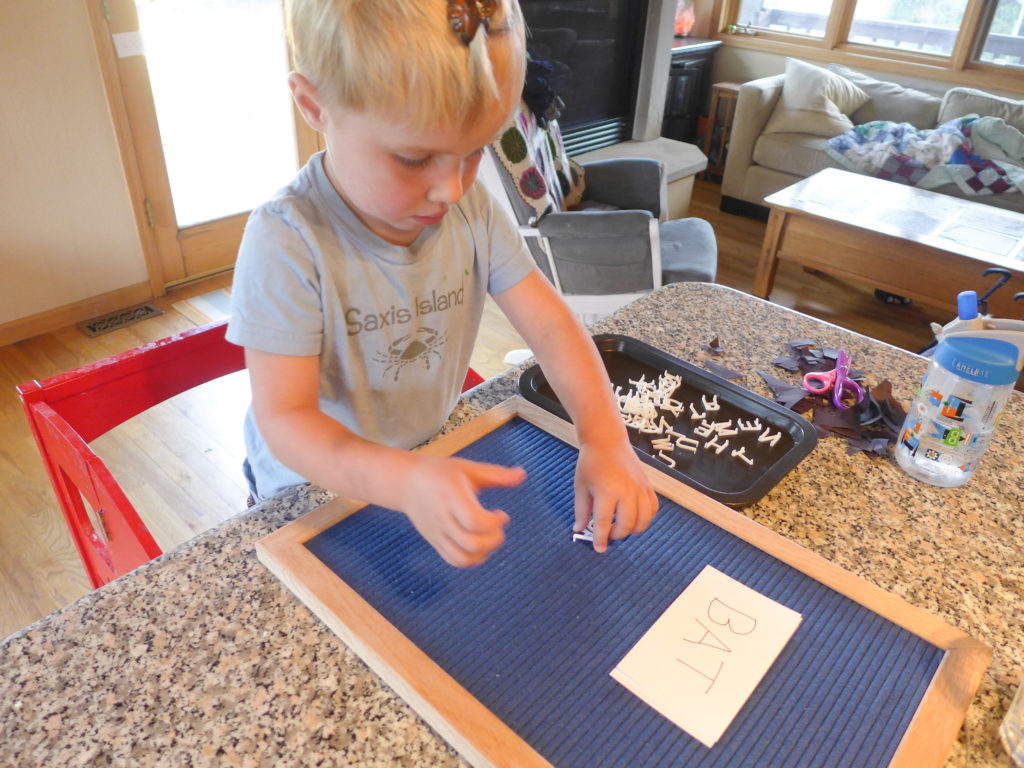
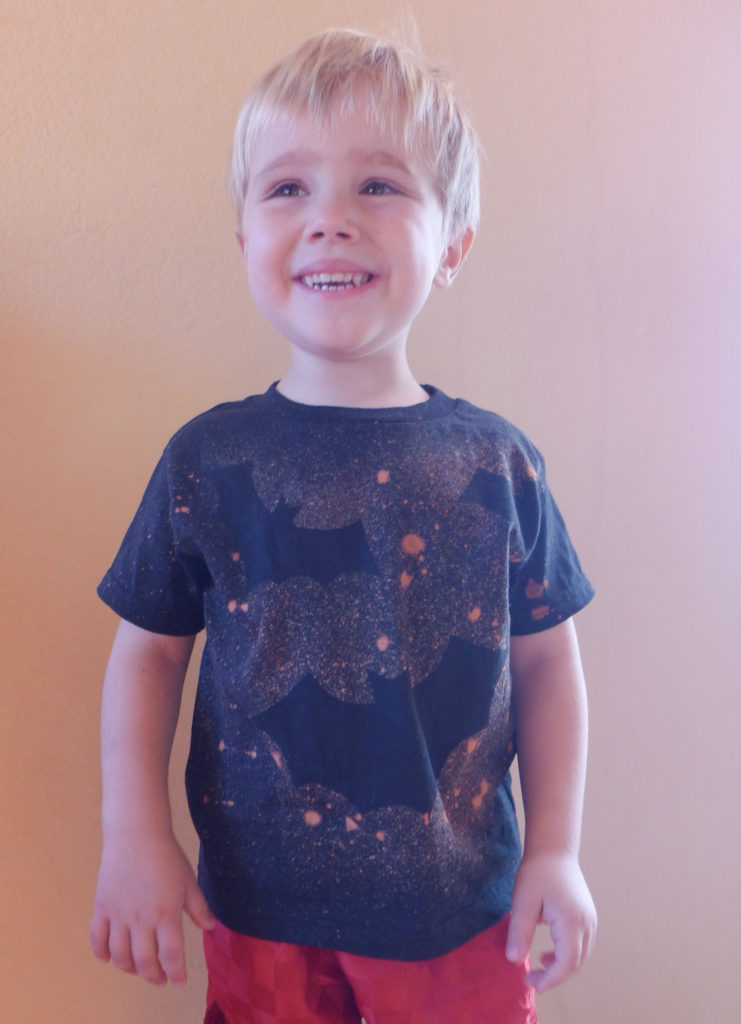
For the most part, I’ve been leaning on my intuition and ideas from our mom who is a retired teacher, but I’ve also begun to turn to a couple of books:
In addition to those books, as we all know, the internet is full of ideas, and I have a few Pinterest boards to help me keep those resources organized.

I’m exciting to start this series on the blog, and am thinking about a variety of future posts covering everything from how we create teachable moments while on vacation to our early experiments with learning letters. I know these posts won’t be for everyone, but I’m hoping that there’s a community of readers who would like to join in this discussion and share their teachable moments.